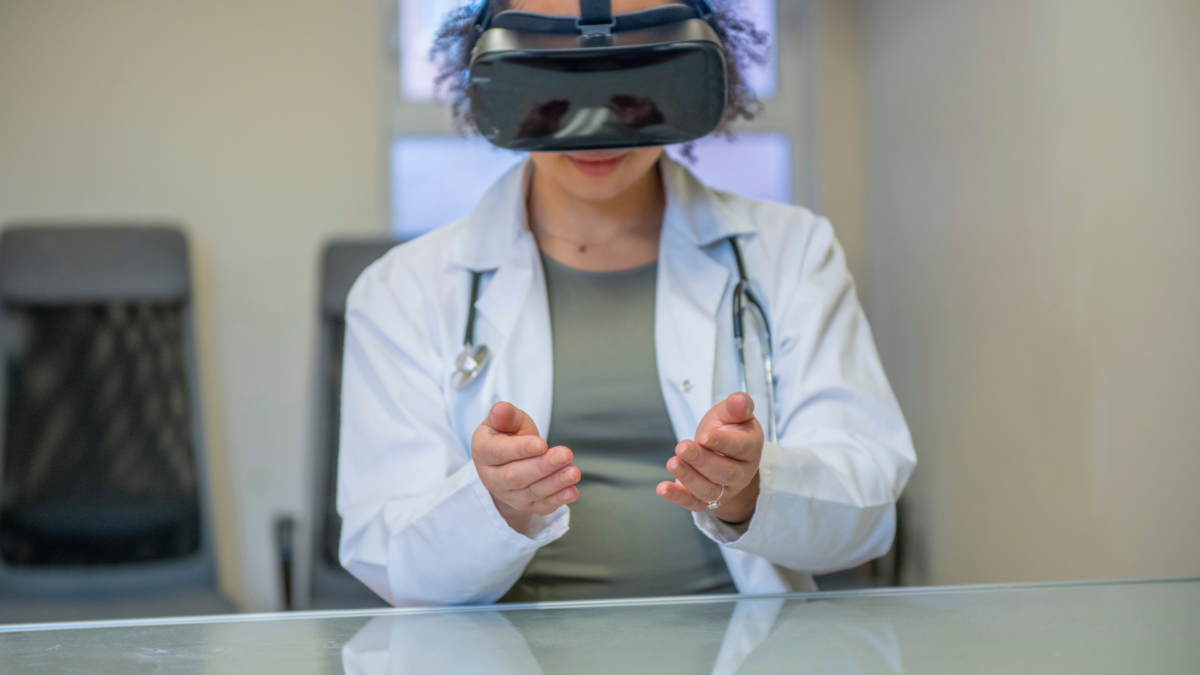When you think of your brand, what comes to mind? Maybe it’s a sleek logo, a well-crafted tagline, or the colours that make your business instantly recognisable. But your brand is so much more than that. It’s your voice, your message, and how the world perceives you. Yet, creating a brand that truly stands out in today’s saturated market can feel overwhelming. That’s where partnering with a creative marketing agency becomes a game-changer.
Fresh Perspectives Make All the Difference
Imagine this: you’ve been working on your brand day in, day out. You’ve spent countless hours perfecting your website, social media posts, and email campaigns. Yet, something still feels off. This is where a creative marketing agency steps in with a fresh set of eyes. They aren’t bogged down by the daily grind of your business, which allows them to see things you might not.
These agencies are staffed by professionals who are passionate about creativity. They continuously brainstorm, create, and push the boundaries of innovation. By partnering with them, you can access a wealth of ideas that can elevate your brand to new heights. They will develop unique strategies and content to revitalize your business. However, if budget constraints are a concern, agencies providing Subscription-Based Creative Services offer a cost-effective alternative. These services provide ongoing access to a team of skilled creatives, allowing you to scale your design needs up or down as required, all while maintaining a predictable budget.
Expertise You Can Rely On
Sure, you could try to juggle everything yourself, but let’s be real—no one can do it all. A well-crafted strategy can be the difference between blending in and standing out in a crowded market. And when it comes to marketing, expertise matters. A leading creative marketing agency Hull will be packed with experts across various fields: graphic design, content creation, digital marketing, branding, and so much more. These are people who’ve spent years honing their craft.
- Graphic designers – Transform your ideas into visually stunning assets that speak to your audience.
- Copywriters – Craft compelling messages that engage and inspire action.
- Digital marketers – Optimise your online presence to ensure your brand reaches the right people at the right time.
When you partner with an agency, you’re gaining access to all these skill sets without having to hire an entire in-house team. It’s like assembling an all-star squad for your brand without the overheads.
Strategy That’s Tailored to You
Every brand is unique, and a one-size-fits-all marketing approach rarely delivers results. What works for one business might fall flat for another. That’s why partnering with a creative marketing agency Lancaster PA or any other location can be so valuable. They can take the time to understand your business inside and out to craft a strategy that’s tailored specifically to you. Such marketing agencies tend to take the time to understand the ethos of your brand in order to deliver appropriate marketing strategies. This can include creating your customized website to cultivating an enhanced brand awareness through various social media platforms.
This isn’t about throwing random ideas at the wall and hoping something sticks. It’s about creating a well-thought-out plan that aligns with your vision and drives measurable results. Whether it’s increasing brand awareness, boosting sales, or engaging with your audience on a deeper level, they’ve got you covered.
Keeping Up with Trends
Marketing trends move fast. What worked yesterday might not work tomorrow. And trying to keep up with the latest trends, tools, and platforms can feel like a full-time job. Creative marketing agencies live in this fast-paced world. They’re always on top of what’s new and what’s next. From emerging social media platforms to cutting-edge design trends, they’ve got their finger on the pulse.
By partnering with an agency, you don’t have to worry about missing out on the next big thing. They’ll ensure your brand stays relevant and adapts to the ever-changing landscape. Whether it’s leveraging the latest social media features or incorporating AI into your marketing, they’ll keep you ahead of the curve.
Agencies such as InSync Media are examples of teams that stay agile and forward-thinking, helping brands navigate and grow within today’s rapidly evolving digital environment. Working with a team like this gives you access to expert insight, creative direction, and strategic support—all tailored to your unique goals and market position.
Collaboration Breeds Innovation
The magic of partnering with a creative agency often comes from collaboration. You bring your passion, knowledge, and experience of your brand to the table, while they bring their creative expertise and innovative ideas. This back-and-forth exchange is where true magic happens. Ideas bounce around, evolve, and eventually turn into something extraordinary.
You’re not just handing over the reins—you’re working together to create something that resonates. This collaboration often leads to breakthroughs that wouldn’t have been possible without that external perspective.
Saving Time and Reducing Stress
Running a business is hard enough without trying to handle every aspect of marketing on your own. When you partner with a marketing agency, you’re not just investing in better marketing—you’re buying yourself time. You can focus on what you do best while leaving the creative heavy lifting to the experts.
This can reduce stress significantly. Instead of scrambling to come up with your next campaign, you can trust that your agency is taking care of it. This peace of mind is priceless, especially when you know that your brand is in capable hands.
Achieving Tangible Results
At the end of the day, marketing isn’t just about creating pretty visuals or catchy slogans—it’s about results. Whether that’s driving more traffic to your website, boosting sales, or building a stronger brand presence, a creative marketing agency is results-driven. They’re experts at analysing data, tracking performance, and tweaking strategies to ensure your brand is hitting its targets.
With their help, you can expect to see tangible outcomes from your marketing efforts. It’s not just about putting your brand out there—it’s about making a real impact.
Realising Your Brand’s Full Potential
Every brand has the potential to be something truly special. But unlocking that potential often requires a little help. By partnering with a creative marketing agency, you’re setting your brand up for success. You’re gaining fresh perspectives, expert insights, and a collaborative partner who’s invested in your success.


